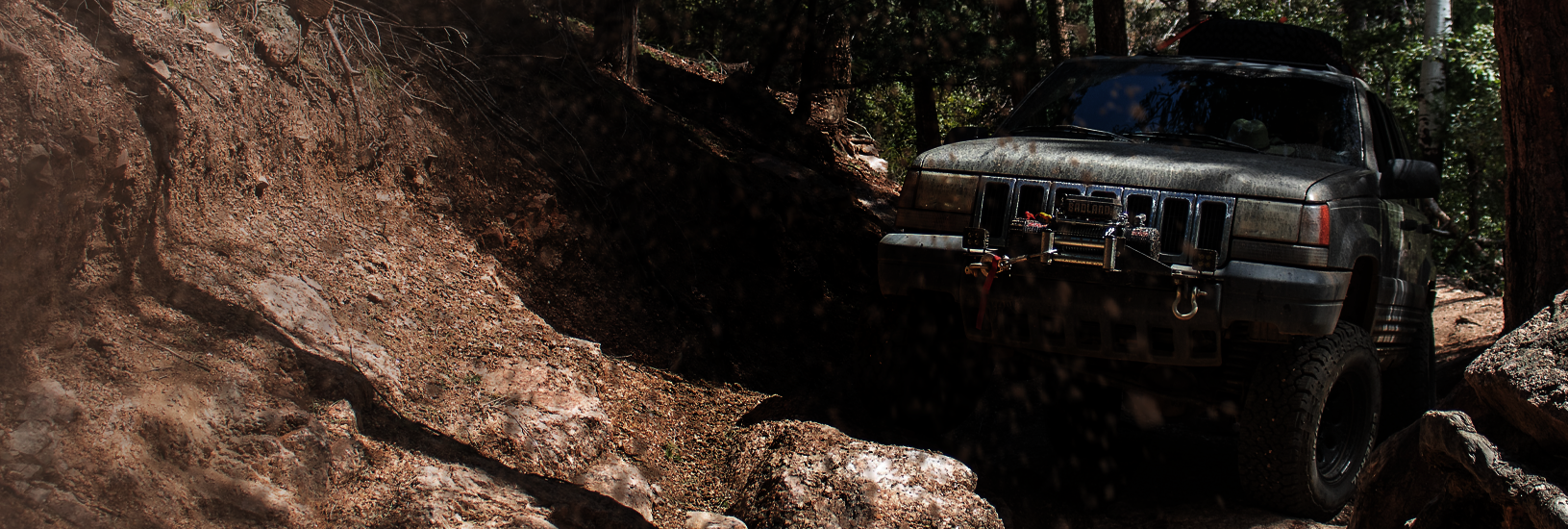Buying replacement brakes can be a very daunting task once you realize that there are a lot of parts in a brake system. If you’d like to know what to keep in mind when purchasing brakes, then you’ve come to the right place.
Signs You Need to Look Out For
You should have your brakes replaced regularly for optimum performance. However, that may not be the most cost effective. Your brake pads typically have a lifespan of 25,000 – 65,000 miles, while brake rotors can give you 30,000 – 70,000 miles. The good news is brake pads and rotors don’t always need replacement at the same time.
If your vehicle hasn’t reached that mileage yet, then having your brakes replaced should be the least of your concerns. If it has, however, we highly recommend that you listen for any abnormal sounds your brakes may cause. These sounds are common indicators that something’s wrong.
Know What Type of Brake Pads To Get
You might be surprised to hear there are different types of brake pads. Brake pads are differentiated by the material they’re made of. Below are the four most common types of brake pads in the market right now.
1. Organic Brake pads
Organic brake pads are the most affordable choice on this list. These pads also corrode the easiest and are replaced more often than every other brake pad on this list.
2. Metallic Brake pads
Metallic brake pads are often found in commuter vehicles due to how long they last. They may not perform the best, but they easily last longer than other brake pad options.
3. Semi-Metallic Brake pads
Semi-metallic brake pads differ from metallic brake pads because they’re imbued with ceramic. Because of the ceramic, these pads can handle higher temperatures and perform better than other options.
4. Ceramic Brake pads
These are the most expensive brake pads on the market, and for good reason. Ceramic pads can handle the most heat! So if you’re looking for performance brakes with that extra pad bite, then these pads are the right choice for you.
There Are Different Types of Brake Rotors
Yes, you heard that right. There are different types of brake rotors as well. We won’t go in-depth here, but we’ll describe the two main types: drilled rotors and slotted rotors.
What are Drilled Rotors?
Drilled rotors are rotors that have holes drilled into them. These holes help water evaporate quicker because they provide added room to escape. When the water evaporates quicker, the rotors perform better, even in wet conditions.
Drilled rotors are perfect if you live in areas with wet climates. However, if you tend to find yourself at the track a lot, they might not be the right choice for you. The same holes that encourage the evaporation of water can also be the starting point for cracks and damages that high temperatures can cause. With that said, stay away from drilled rotors if you use your vehicle to race.
What are Slotted Rotors?

Slotted rotors have slots or grooves that shave away brake dust and other tiny particles that may obstruct the contact points between your rotor and the brake pad. This allows your brakes to perform well throughout their lifespan.
Slotted rotors are preferred by most racers, although the slotted grooves often cause the brake pads to experience more wear compared to drilled rotors. The same slots that shave away the brake dust may also shave away the brake pad material, so if you only use your car as your daily driver, it may be better to go for blank or drilled rotors.
Conclusion
There’s a lot of things that you should think about when purchasing replacement brakes. However, the most important thing is knowing when to replace them. We hope we provided the first step in finding out what brakes best suit your needs and budget.









No comments yet.